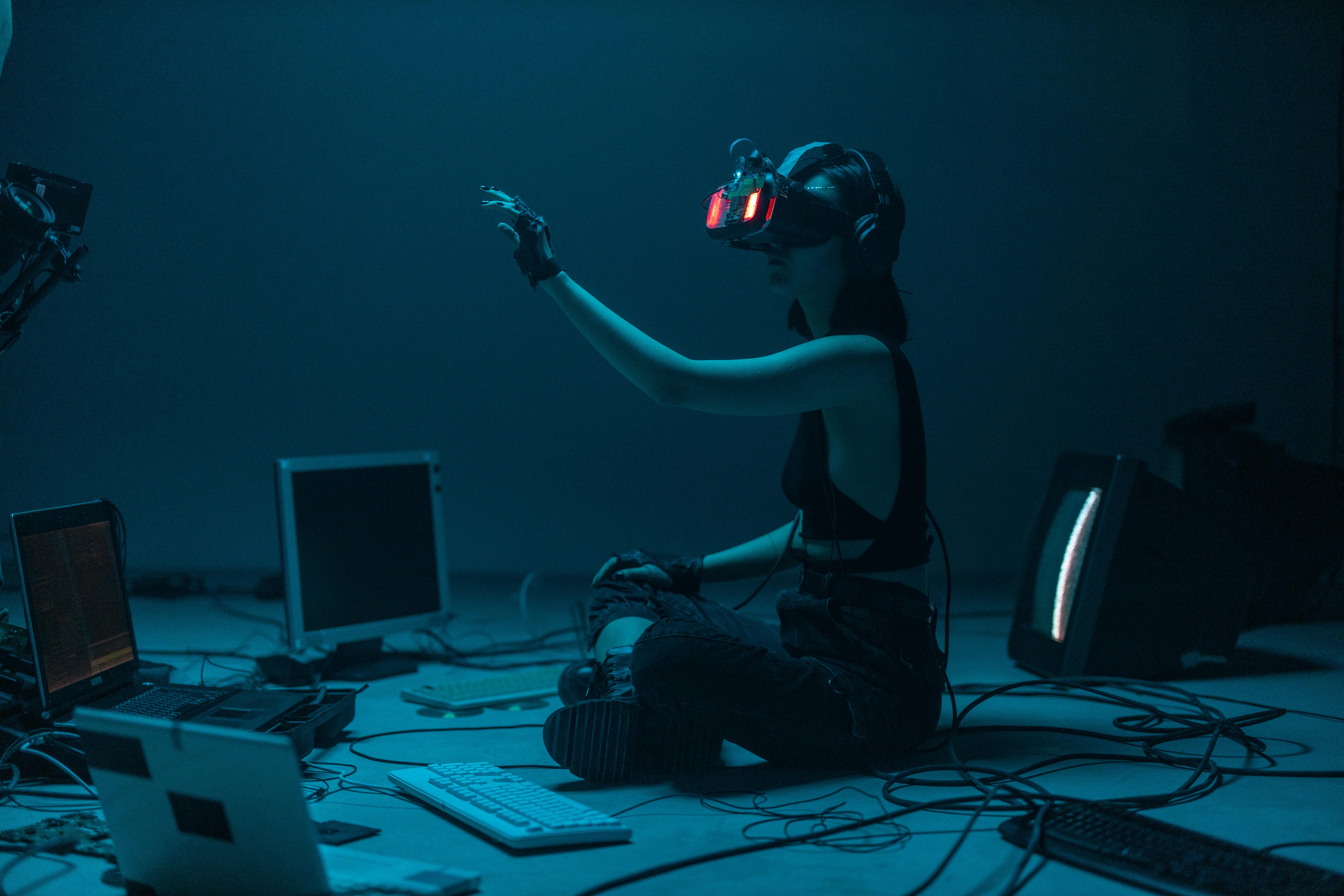Unveiling Top 5 Revolutionary AI Breakthroughs Redefining The Technological Landscape

Artificial intelligence (AI) is an ever-evolving field and the past few years have seen several significant advancements that are redefining its landscape. These breakthroughs are closing the gap between human and machine intelligence and are pushing the boundaries of what AI can do. This article explores five key breakthroughs that are shaping the future of AI.
Revolutionary Progress in Natural Language Processing
One of the most impactful developments in recent years is the significant progress in Natural Language Processing (NLP). NLP, a field that revolves around the interaction of humans and computers using natural language, has seen significant advances due to new learning techniques and enhancements in technology. "Transformers", a type of model introduced by Google, for example, have greatly improved the understanding and generation of human language by machines. This breakthrough has resulted in machines being more proficient at understanding context, semantics, and subtleties in human communication, opening up a host of possibilities in fields like customer service, virtual assistants, and more.
Emergence of Large-Scale Pre-Trained AI Models
The rise of large-scale pre-trained models has revolutionized the way AI is used and has contributed significantly to the development of machine learning. Pre-training is a method in which an AI model is initially trained on a large dataset before being fine-tuned on a specific task. The benefit of pre-training is that it equips the model with a general understanding of patterns, enabling it to learn faster and perform better when fine-tuned. OpenAI's GPT-3, a model with 175 billion parameters, exemplifies the power of pre-trained AI models by demonstrating astounding language generation abilities.
Unsupervised Learning and AI-Deduced Knowledge
In the world of AI, unsupervised learning has demonstrated revolutionary potential. While traditional models rely on large datasets of labeled data, unsupervised learning enables AI to learn directly from raw, unlabeled data, eliminating the need for human supervision. This also allows AI models to discover and deduce complex patterns and information that humans may otherwise not see. This leap forward can greatly enhance the understanding and interpretation of complex systems, such as medical diagnoses or market trend analysis.
Boost in Reinforcement Learning
Reinforcement Learning (RL), a type of machine learning algorithm that emphasizes the learning of an agent by trial and error, has dramatically developed over the years. RL models are now capable of beating world champions in games such as Go, Chess, and Poker. This growth can be attributed to the development of techniques that combine RL and Deep Learning. The enhancements in RL open up possibilities for applications in various sectors, including robotics, control systems, resource management, and more.
Developments in Human-AI Collaboration
Lastly, significant strides have been made to improve human and AI collaboration. The concept of "explainable AI" has emerged wherein AI models are designed to provide an understandable explanation for their outputs. Major tech companies are also exploring the use of AI to augment human creativity and problem-solving, leading to what is termed as "Augmented Intelligence". These advancements are empowering humans to better understand AI decisions and to collaborate more effectively with AI systems.
In conclusion, these breakthroughs are revolutionizing the landscape of AI and are paving the way for a future where AI plays a more significant role in everyday life. The ongoing advancements in AI are poised to continue shaping various sectors and influencing technological development for years to come. With its vast potential, understanding and embracing these AI breakthroughs is essential to maintaining a competitive edge in today's technology-driven world.
